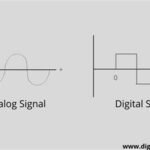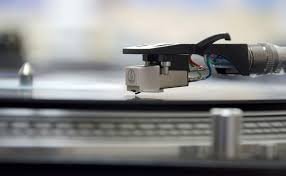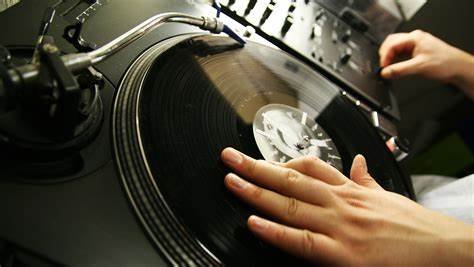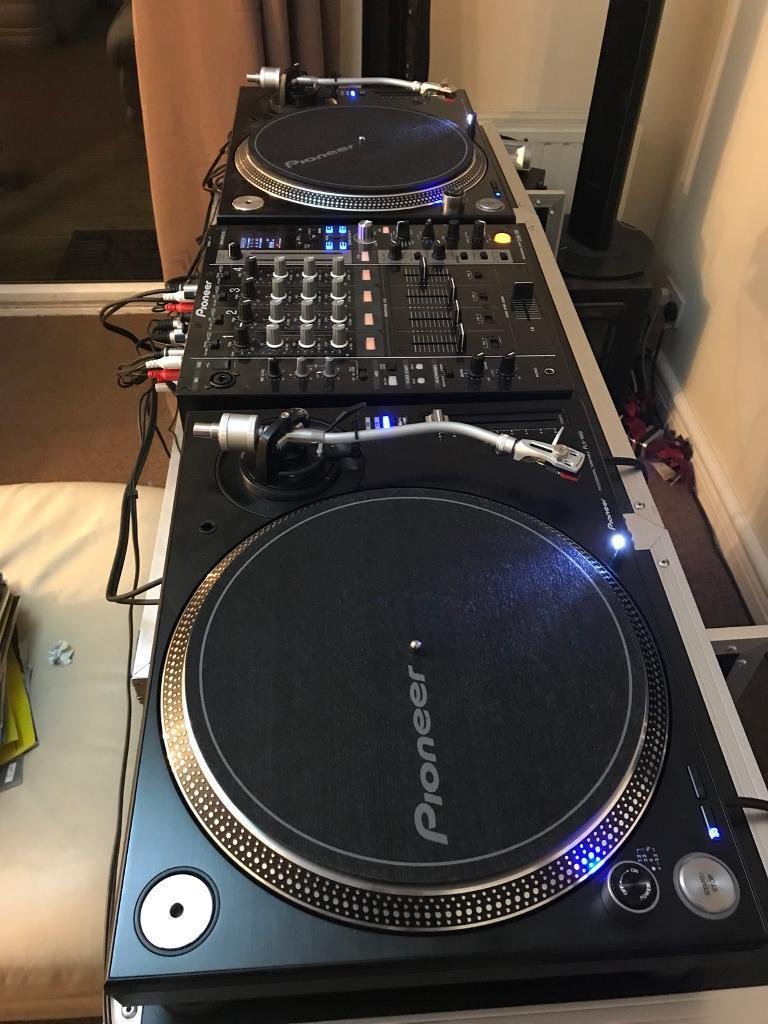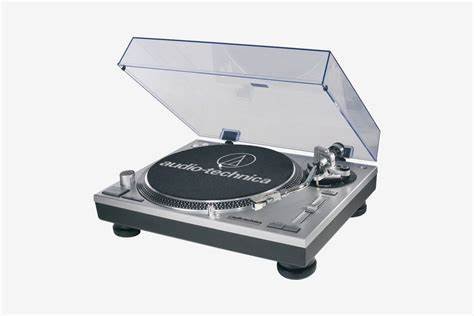In the world of modern DJing, blending the warm, authentic sound of vinyl with the convenience and versatility of digital tracks is a powerful technique. Whether you’re a vinyl purist or someone who’s comfortable with digital media, the hybrid approach allows you to combine the best of both worlds. In this guide, we’ll explore tips and tricks for mixing vinyl with digital tracks to create seamless transitions and dynamic sets.
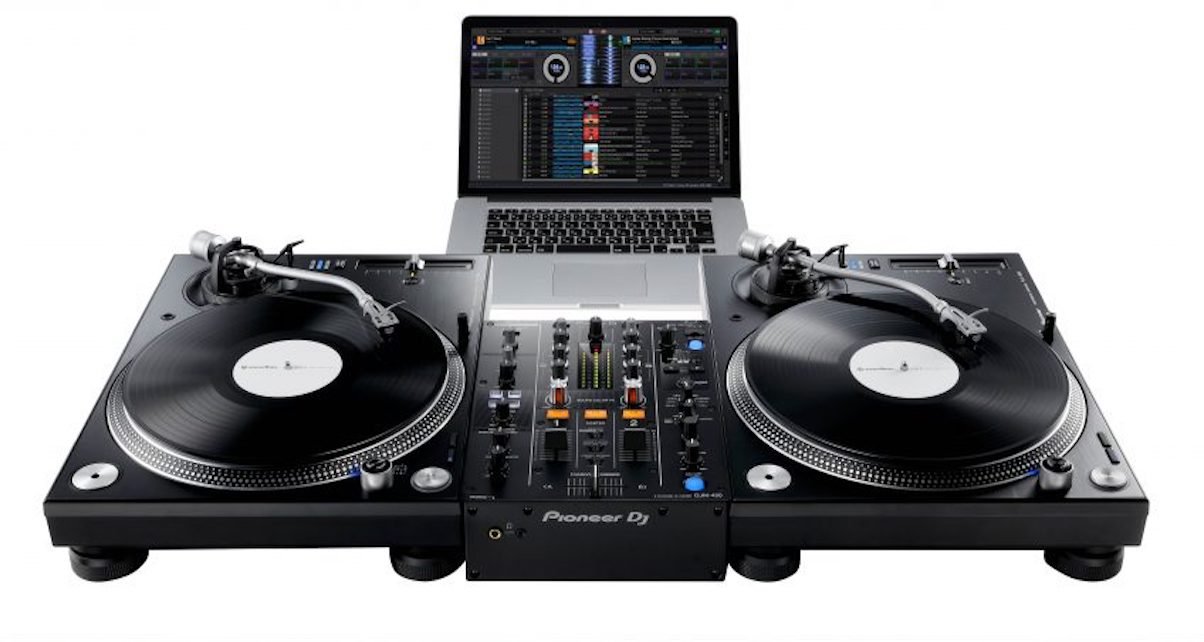
1. Understand the Benefits of Hybrid DJing
Mixing vinyl with digital tracks offers a variety of advantages. Vinyl brings a rich, analog sound that’s prized for its warmth and tactile nature, while digital tracks offer flexibility, easy access to a vast music library, and precise control. By blending both formats, you can enjoy the organic feel of vinyl and the convenience of digital music files.
Solution: Select Your Best Tools for the Job
To make the hybrid setup work, it’s essential to have the right equipment. A DJ controller that supports both vinyl and digital files (such as a hybrid turntable) is a good start. Many modern DJ controllers and mixers feature the ability to control digital tracks via vinyl control records, which gives you the tactile feel of scratching on vinyl while accessing your digital music library. This allows you to mix vinyl and digital tracks seamlessly with minimal lag or issues.
2. Syncing Vinyl with Digital Tracks
One of the main challenges when mixing vinyl with digital tracks is syncing the two formats. Vinyl requires manual beatmatching, while digital files are often time-stretched and quantized, making them easier to align but harder to control in real-time.
Solution: Use Sync Functionality and Practice Manual Beatmatching
To solve this problem, use the sync function available on most modern DJ software and controllers. This will allow your digital tracks to match the tempo of your vinyl effortlessly. However, it’s also crucial to practice manual beatmatching, as it gives you more control over the mix. Start by adjusting the pitch on your turntables or controllers to match the tempo of your digital track, and use your ears to ensure that the beats align perfectly.
Although the sync button is helpful, developing your beatmatching skills will give you the flexibility to work with any situation, whether you’re on a digital-only setup or strictly vinyl.
3. Cueing and Transitioning Between Formats
Transitioning from a vinyl track to a digital track (or vice versa) can be tricky, as the audio characteristics of each format differ. Vinyl has more subtle nuances, while digital tracks often sound cleaner and more precise.
Solution: Use Cue Points and Play with EQ
To create smooth transitions, use cue points in your digital tracks to identify key moments in the song. When transitioning from vinyl to digital, you can use the cue points to jump straight to a break or beat drop in the digital track, avoiding awkward silence or mismatched beats.
Additionally, playing with EQ can help blend the two formats. You can lower the bass slightly on the digital track to match the warmth of the vinyl or boost the treble to create a sharper contrast between the two. EQ adjustments help smooth over any perceived differences in sound and make the transition feel more natural.
4. Vinyl Control and Digital Effects
Vinyl control records allow DJs to manipulate digital tracks just like they would a vinyl record. This is particularly useful for scratching, looping, and fine-tuning a digital track’s playback. On top of that, digital tracks can also be enhanced with effects like reverb, delay, and filters, which are harder to apply to vinyl.
Solution: Use Control Vinyl and Effects Responsibly
If you’re using vinyl control records with digital software like Serato or Traktor, you can scratch and manipulate the digital track in the same way you would with a vinyl record. This is an excellent way to maintain that authentic vinyl feel while leveraging the power of digital files.
However, be mindful when using digital effects. Excessive use of effects on a digital track might make the mix feel disjointed. Instead, try to add effects sparingly and focus on how they enhance the overall flow of your set. Subtle use of filters and delays can be particularly effective when transitioning between vinyl and digital.
5. Preparing Your Tracks for a Hybrid Set
Preparing your tracks before the performance is crucial for smooth execution. This includes setting cue points, adjusting BPM (beats per minute), and even pre-listening to your vinyl and digital selections.
Solution: Organize Your Library and Prepare in Advance
To avoid scrambling during a live performance, spend time organizing your digital track library. Create playlists or folders for easy access and categorize them by genre, BPM, or energy level. For vinyl, ensure your records are in good condition and easily accessible.
Pre-listen to your vinyl tracks using a headphone cue system to ensure they’re in perfect sync with your digital tracks. You can even practice mixing specific vinyl records with particular digital files to ensure smooth transitions.
Conclusion
Mixing vinyl with digital tracks gives you the best of both worlds: the rich, analog warmth of vinyl combined with the limitless flexibility of digital music. By understanding the benefits, syncing techniques, and how to transition smoothly between formats, you can create unique, dynamic sets that will set you apart from the crowd.
With practice, you’ll be able to manipulate both formats seamlessly, using vinyl to add personality and character while leveraging digital tracks for efficiency and precision. Whether you’re a seasoned vinyl DJ or new to the hybrid approach, the key is to experiment, practice, and enjoy the creative possibilities that mixing vinyl and digital music offers.





